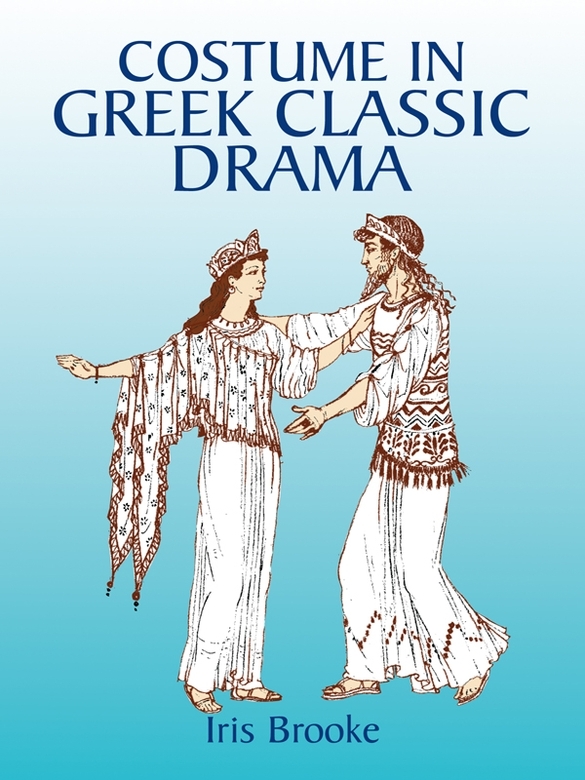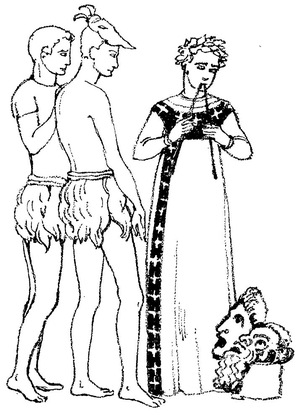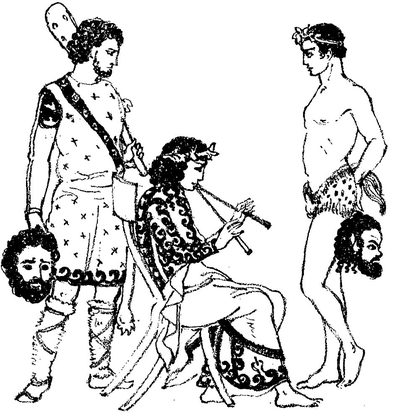Textiles and civil attire
A sort of paradox in designing costume for the theatre is: the greater the restrictions of the scheme imposed on the designer the greater the possibilities of significance in the design. It is, however, more than a mere paradox. For if a producer were to say to his designer, I want this play dressed all in green, the problem for the designer would, in fact, be reduced, the need for perfect design and careful colour values would be magnified, any line or shape now without significance would become a glaring error in design.
On the other hand, a producer who has no interest in the visual side of the play and leaves his designer unguided is asking for trouble. In such a case it is far more difficult for the designer to help the actors in their parts because he is unaware of any overall scheme, conscious or unconscious. And if a scheme is not expressed in so many words beforehand, it cannot be discovered until the play is ready to go on the stage and by then it is obviously too late to design costumes.
Let us for a moment suppose that we are designing for the gentleman with the green complex, and he is producing a classic play; where do we go for our necessary ideas? Preferably back to the time of the plays origin, because, by so doing, the shape as a whole and its original significance can be grasped. Whatever process of elimination or dressing up occurs afterwards is the business of the designer, but he has started off with several limitations which should help him to keep within certain bounds and produce simple and direct designs. If, however, his own interest in design is strictly governed by the desire to be different at all costs and to have nothing to do with the period about which the play is written, he is failing to make contact with anyone but himself, and instead of helping the actors or the producer he is creating an atmosphere alien to the play. Unless we are prepared to disregard large passages in any dramatists work, we must consider for what reason he has introduced detailed descriptions of his own time. It is because he sees it that way. Shakespeare in modern dress has to be pretty heavily cut to make sense. So let us try to discover something of what the dramatist saw in his lifetime and the inspiration that coloured his works.
In the original productions of the fifth century B.C. the playwright was also the producer and the designer, probably the chief actor too; so the result would naturally have been all of a piece. His thoughts must have been directed towards the complete picture or series of pictures which probably crystallized and took shape as the play was written. Now where did these ideas come from? From the writings of Homer, we understand, for Homer was the bible of ancient Greece. These were the golden stories of archaic times; their subject matter the very roots from which sprang the flowers of Greek drama. It was Homers stirring descriptions of supernatural beings, fabulous monsters, terrifying warriors in flashing armour, beautiful women in fine array and handsome young heroes with the latest style in hairdressing that coloured the dramatists works. Their clothes and armour were as vividly described as their deeds of valour or their voyages into unheard-of territories. Tragedy, violence and affection were all clothed in their appropriate costume.
The basis of all costume is the material from which it is made, for only with certain materials can certain styles develop. For instance we cannot hope to give a true impression of fifteenth-century costume if we use anything as transparent and flimsy as nylon, because the very essence of fifteenth-century costume is its dignified drapery, weight and swinging lines. We can, on the other hand, adequately use a nylon silk for regency costume because here weight is neither necessary nor desirable. The fabrics that were available to the ancient Greeks were fabrics that they spun and wove themselves from their own supplies of wool or linen. Homer gives specific details of the beauty and simplicity of these fabrics. First he tells us that this elegant craft was carried out in the homes of even the most nobly born Pallas Athene herself is supposed to have woven her own gown out of fine wool, and both Helen and Andromache, Hectors wife, are pictured as being expert with the loom. The following passages give us some interesting information. Iris bringing news to Helen,
found Helen in her palace, at work on a great purple web of double width into which she was weaving some of the many battles between the horse-taming Trojans and the bronze-clad Achaeans in the war that had been forced upon them for her sake ( Iliad, Bk. III).
Helens gift to Telemachus,
... Helen, meanwhile, went to the chests which contained her embroidered dresses, the work of her own hands, and from them, great lady that she was, she lifted out the longest and most richly decorated robe which had lain underneath all the rest, and now glittered like a star... ( Odyssey, Bk. XV).
Andromache, when the news of Hectors death was brought to her,
... was at work in a corner of her lofty house on a purple web of double width which she was decorating with a floral pattern...


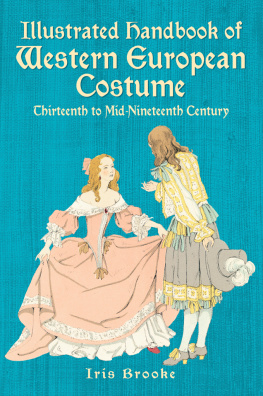
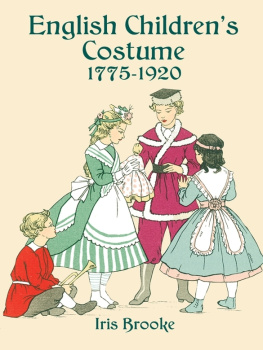
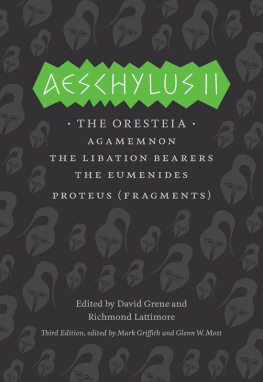
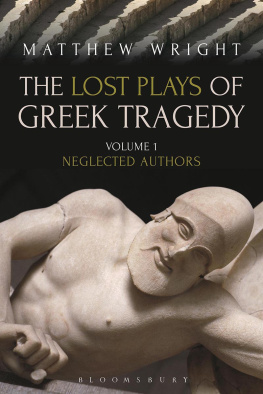
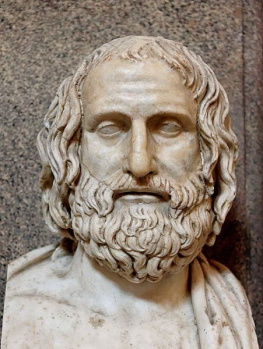
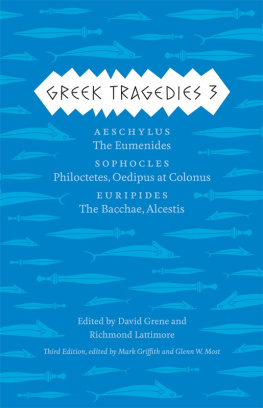

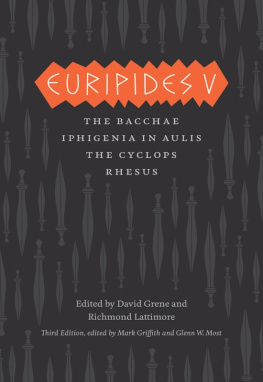
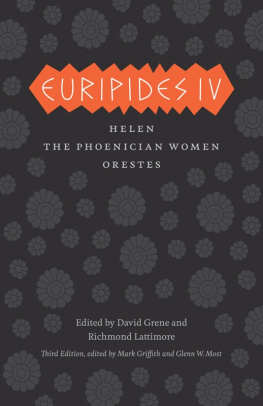
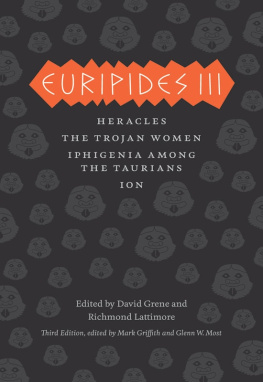

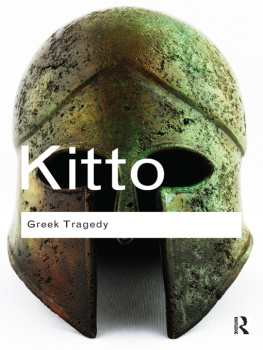
![Euripides - Classic Greek Drama: 10 Plays by Euripides in a Single File [NOOK Book]](/uploads/posts/book/43473/thumbs/euripides-classic-greek-drama-10-plays-by.jpg)
